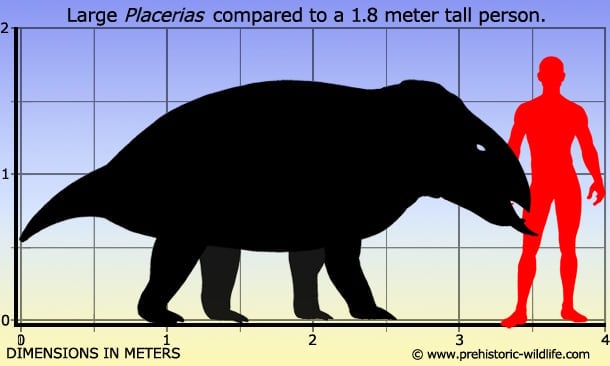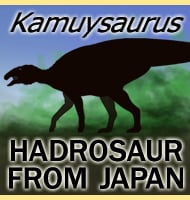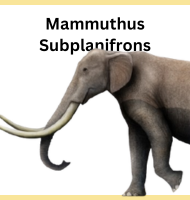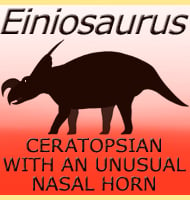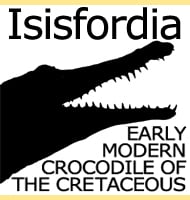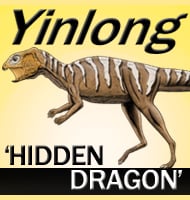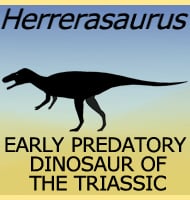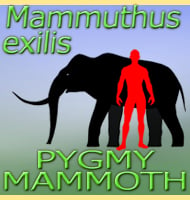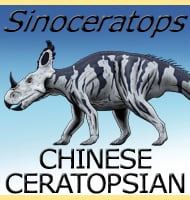In Depth
One of the dicynodonts, Placerias was a low browsing herbivore that had a strong beak and a pair of downwards pointing tusks. With a three and a half meter barrel of a body it was the largest known herbivore of its time. Fossils of forty Placerias discovered in Arizona suggest a herding lifestyle.
Further Reading
– A new batrachian and a new reptile from the Trias of Arizona. Proceedings of the United States National Museum 27:193-195 – F. A. Lucas – 1904. – Taphonomy and Depositional Setting of the Placerias Quarry (Chinle Formation: Late Triassic, Arizona). – Palaios 15(5):373-386 – Anthony R. Fiorillo, Kevin Padian & Chayanin Musikasinthorn – 2000. – Skull of the dicynodont Placerias from the Upper Triassic of Arizona – New Mexico Museum of Natural History and Science Bulletin 21, p. 77-85. A. B. Heckert – S. G. Lucas – 2002. – Limb bone histology and growth in Placerias hesternus (Therapsida: Anomodontia) from the Upper Triassic of North America. – Palaeontology Vol 53, Issue 2, p347–364, March Jeremy L. Green, Mary H. Schweitzer & Ellen-Therese Lamm – 2010.
